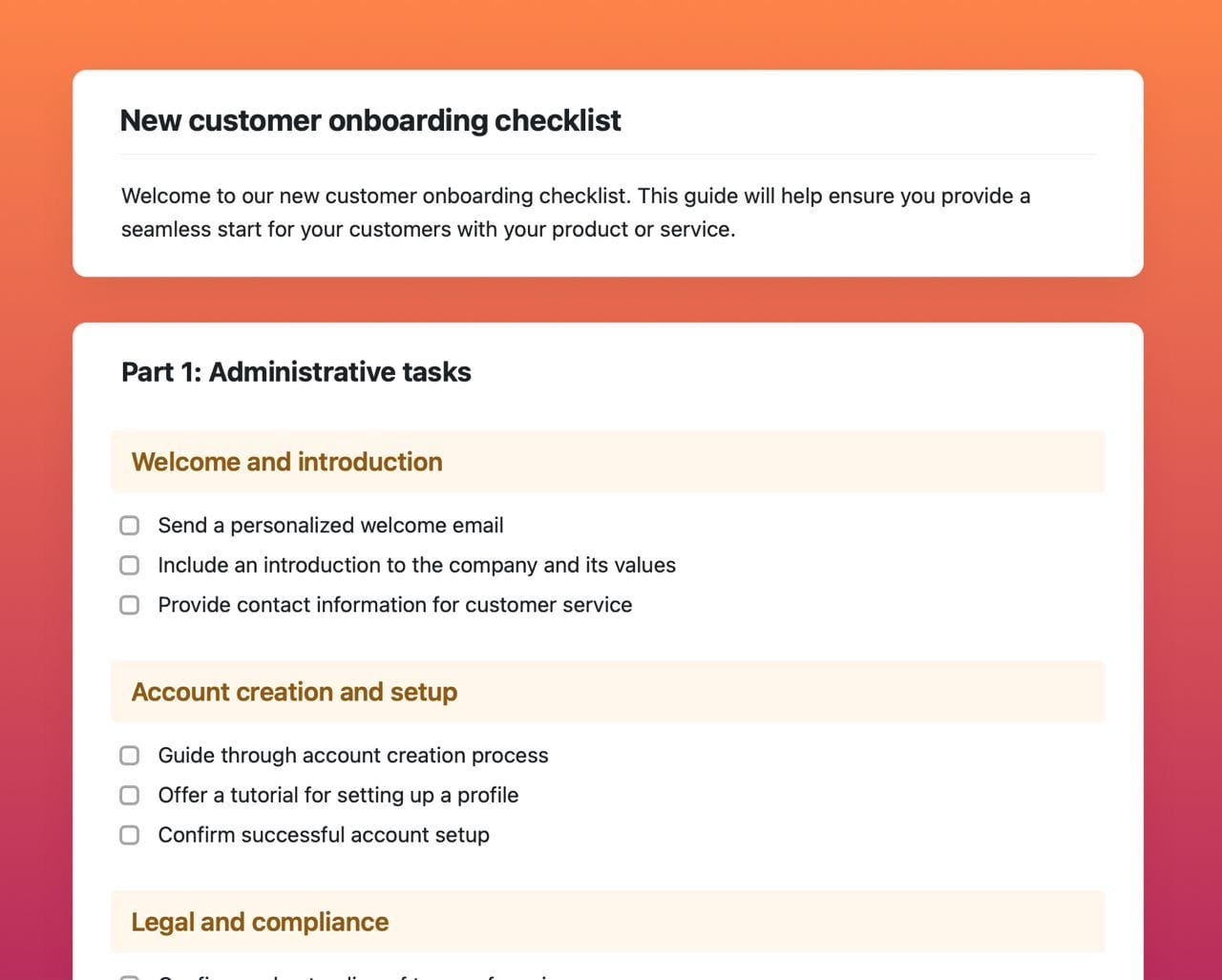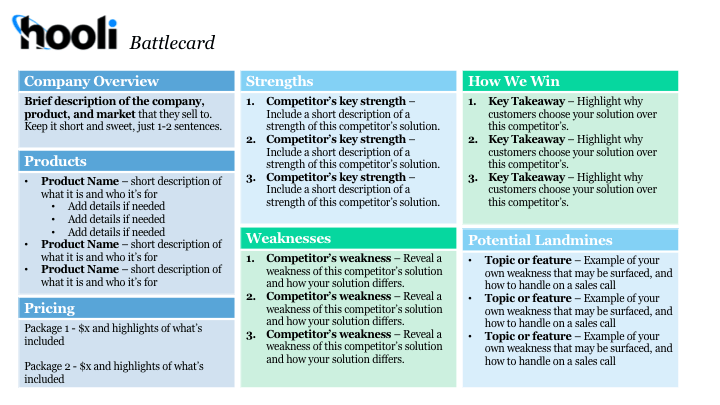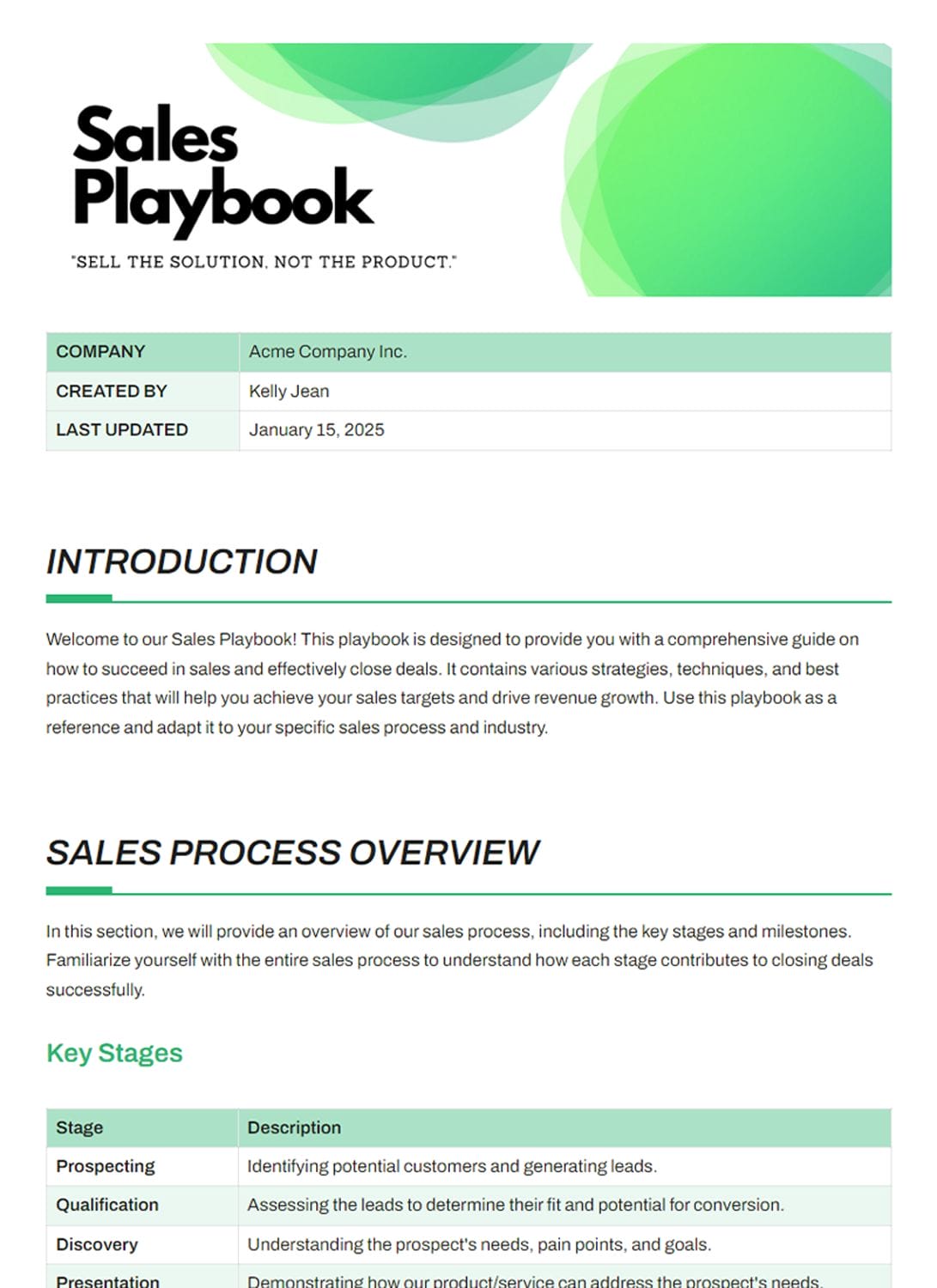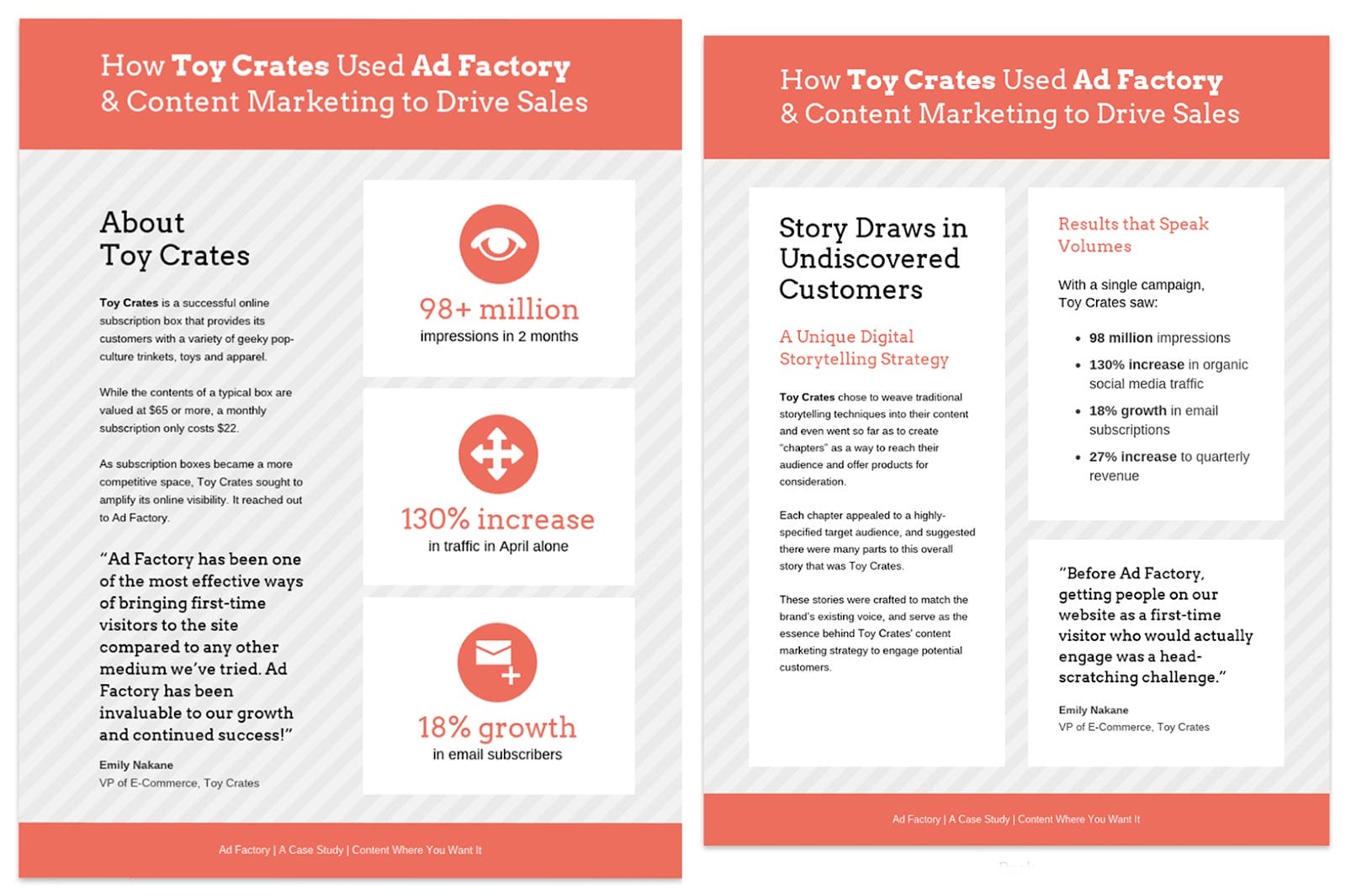Developing a strong sales growth strategy is one of the most critical steps any business can take to increase revenue, customer lifetime value, and accelerate long-term success. But growth doesn’t happen by chance. It requires a well-defined plan, the right mix of tactics, and a deep understanding of your market, ideal clients, and internal capabilities.
Whether your objective is to grow monthly recurring revenue, increase average deal size, or expand into new markets, your sales strategy must work harmoniously with your marketing strategies, customer segmentation, and sales training topics. The most successful businesses are those that use a comprehensive plan based on thorough market research, informed decisions, and a clear grasp of the entire customer journey.
Ready to accelerate your company’s growth? Contact with Peak Sales Recruiting to hire top-performing sales talent who can execute your strategy and turn sales targets into real results.
7 Effective Sales Growth Strategies
While each company’s growth plan is unique, most fall into one of several tried-and-tested categories. These sales growth strategies are used by business owners, sales reps, and marketing teams across industries to increase average purchase value, improve cash flow, and build long-term success.
1. Market Penetration
Increase sales within your existing customer base by boosting frequency, value, or volume of purchases. Use sales data to identify key trends and optimize content marketing, emails, and follow-up emails to encourage repeat business.
Tactics include:
- Upselling and service upgrades
- Promotional campaigns and loyalty programs
- Enhancing customer experience across touchpoints
Best for: Companies with low customer acquisition costs and room to grow in their current market.
2. Market Expansion (New Markets)
Also known as a market development strategy, this approach involves reaching new audiences using existing products or services. Success relies on thorough market research, buyer personas, and adapting your messaging to meet the prospect’s needs.
Tactics include:
- Launching marketing campaigns tailored to new regions
- Leveraging social media marketing on relevant social media platforms
- Forming joint ventures with local or regional partners
Best for: Companies with high-performing offerings seeking organic growth in untapped markets.
3. Product Development
Introduce new products, upgrades, or expanded product lines to meet evolving client needs. This strategy supports greater customer lifetime value, higher conversion rates, and stronger brand awareness when aligned with value-driven marketing strategies.
Best for: Software companies and product‑focused businesses with innovation capacity and an existing customer base.
4. Diversification
Diversification means creating new products for new markets. This is one of the riskiest strategies but can be a catalyst for breakthroughs and sustainable business practices.
Keys to success:
- Consultative selling to understand new customer pain points
- Building brand advocates through strong customer experience
- Identifying industry trends to stay ahead
Best for: Mature organizations with access to capital and a strong innovation pipeline.
5. Strategic Partnerships and Alliances
Collaborate with trusted organizations to access new customers, expand offerings, or increase visibility. This includes joint ventures, distribution agreements, and co-branded marketing campaigns.
Advantages:
- Shared cost savings
- Increased reach through brand awareness
- Opportunity to establish yourself as a trusted partner
Best for: Businesses looking for rapid expansion with minimized risk.
6. Sales Enablement Optimization
Boost team performance by giving your sales team the right resources and structure. That includes sales automation tools, lead scoring, performance indicators, and personalized training.
Effective marketing and enablement tools:
- CRM software with sales analytics tools
- Onboarding programs for new team members
- Standardized follow-up emails to nurture leads
- Clear KPIs like conversion rates and percentage increase in average revenue
Best for: B2B firms with long sales cycles or large teams.
7. Talent Acquisition and Optimization
Recruiting and retaining top sales reps is essential to support your growth goals. Whether you’re a startup or an enterprise, every salesperson must align with your customer journey, unique selling points, and SMART goals.
Tips:
- Hire based on lead quality and proven ability to close high-value deals
- Train on your value-driven content, selling points, and client needs
- Align compensation to performance and customer acquisition costs
Best for: Companies scaling quickly or entering competitive industries.
How to Categorize Sales Growth Strategies
To simplify strategic planning, group your options based on key growth drivers:
| Dimension | Examples |
| Market Focus | Existing market vs. new market |
| Product Focus | Existing product vs. new product line |
| Operational Focus | Internal improvements vs. external ventures |
This framework makes it easier to create a well-defined plan that reflects your capabilities and revenue goals.
6 Tips for Choosing the Right Sales Growth Strategies
Before committing to any strategy, assess your readiness, market, and internal resources. Here are six tips to help you make informed decisions.
1. Align With Business Objectives
Define your SMART goals. Are you focused on average revenue growth, improving cash flow, or increasing brand awareness? Choose a strategy that supports your financial and operational targets.
2. Analyze Your Market Position
Use sales analytics tools, financial statements, and customer feedback to identify current strengths and weaknesses. If your market is saturated, consider market expansion or product innovation.
3. Understand Customer Needs
Base your approach on clear buyer personas, customer segmentation, and insights from the entire customer journey. Meeting your prospect’s needs is essential for long-term success.
4. Evaluate Team Capabilities
Audit your internal resources. Do you have the right sales reps, marketing teams, and tools like sales automation in place? Ensure your team can execute on the strategy without burnout or misalignment.
5. Factor in Industry and Market Fluctuations
Track industry trends, competitor movements, and market fluctuations. Your growth plan must remain flexible enough to pivot when external conditions shift.
6. Balance Short-Term and Long-Term ROI
Quick wins, like bundling or service upgrades, are great. But real growth requires building long-term relationships, brand advocates, and a sustainable growth engine that prioritizes customer experience and resource optimization.
Final Thoughts
There is no one-size-fits-all approach to building a successful sales growth strategy. The key is to align your tactics with your market position, team capabilities, and long-term goals. Whether you’re aiming for a percentage increase in revenue, higher customer lifetime value, or more milestone referrals, the path starts with clear planning, the right tools, and a motivated team.
By leveraging the strategies above, you’ll be in a better position to boost purchase value, improve conversion rates, and build a sustainable business that grows year after year.
Additional Resources
Explore more insights from Peak Sales Recruiting to support your growth strategy:






























